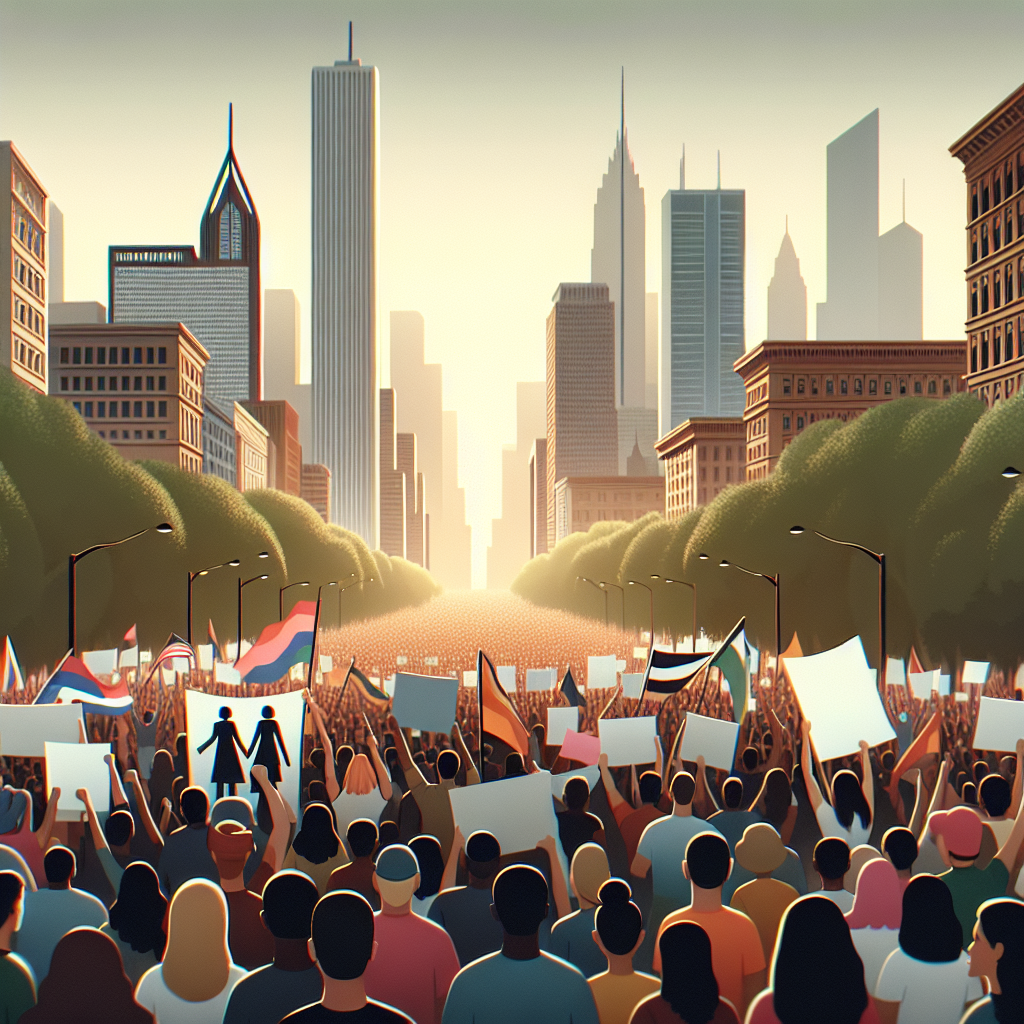Marching for a Cause: How Demonstrations Can Drive Political Change
Throughout history, marches and demonstrations have been powerful tools for advocating for social and political change. From the civil rights movement to the women’s suffrage movement, marches have played a crucial role in raising awareness, mobilizing communities, and pressuring policymakers to address important issues. In recent years, we have seen a resurgence of large-scale demonstrations and protests around the world, as people come together to demand justice, equality, and accountability.
One of the key ways in which marches can drive political change is by bringing attention to a particular cause. By gathering in large numbers and marching through the streets, demonstrators are able to capture the media’s attention and raise awareness about the issues they are fighting for. This visibility can help to educate the public, spark conversations, and ultimately build support for the cause.
In addition to raising awareness, marches can also mobilize communities and galvanize support for a particular cause. When people come together in solidarity to march for a common goal, they are able to build a sense of unity and strength that can be incredibly powerful. This sense of solidarity can help to mobilize people to take action, whether it be through signing petitions, contacting lawmakers, or participating in future demonstrations.
Furthermore, marches can put pressure on policymakers to address the concerns of the demonstrators. When large numbers of people take to the streets to demand change, politicians are forced to take notice and respond to their demands. This can lead to policy changes, new legislation, or increased funding for important programs. In this way, marches can serve as a powerful tool for holding elected officials accountable and pushing for meaningful political change.
However, it is important to note that marches are just one tool in the larger toolbox of activism. While they can be effective in raising awareness and mobilizing communities, they are not always enough to drive lasting change on their own. In order to truly create lasting political change, marches must be coupled with other forms of activism, such as grassroots organizing, lobbying, and voter mobilization.
In conclusion, marches and demonstrations have a long history of driving political change and advocating for important causes. By raising awareness, mobilizing communities, and putting pressure on policymakers, marches can play a crucial role in advancing social justice and equality. As we continue to see a rise in large-scale demonstrations around the world, it is clear that the power of the people to come together and demand change is stronger than ever.
#Marching #Demonstrations #Drive #Political #Change,how marchyorktimes


Leave a Reply